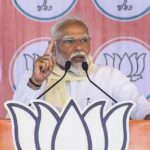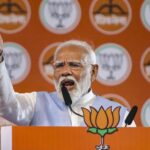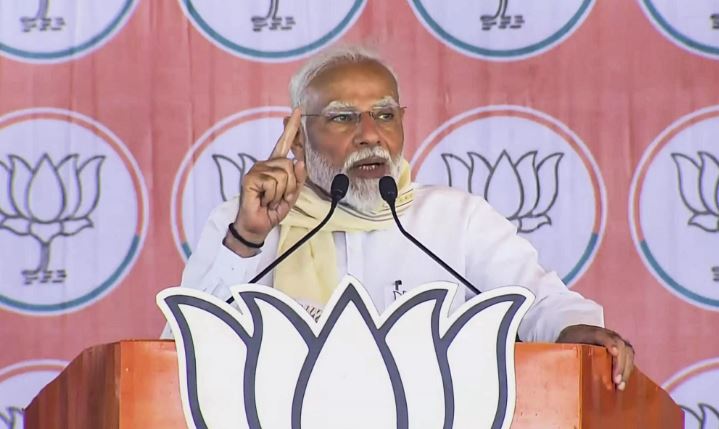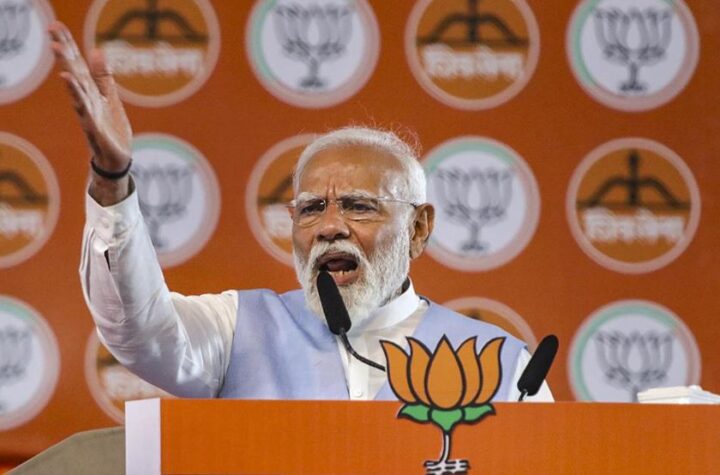New Delhi: Wholesaleinflation in India based on theWholesale Price Index continuedto stay in the negative zone for
the sixth straight month throughSeptember, official data showedon Monday. In April this year, itwent into negative territory.Similarly, in the initial days ofCovid, in July 2020, the WPI wasreported to be negative. TheSeptember wholesale inflationcame in at (-) 0.26% against (-)0.52% in August, and against (-)1.23 the previous month of July,official data released by theMinistry of Commerce andindustry showed.Deflation in September isprimarily due to a fall in prices ofchemical and chemical products,mineral oils, textiles, basic metalsand food products as comparedto the corresponding month of theprevious year. The WPI datacomes after the statistics ministryhad said on October 12 thatheadline retail inflation had fallento a three-month low of 5.02percent in September. Thegovernment releases indexnumbers of wholesale prices on amonthly basis on the 14th ofevery month (or the next workingday). The index numbers arecompiled with data received frominstitutional sources and selectedmanufacturing units across thecountry.Overall wholesale inflation was8.39% in October 2022 and hasfallen since then. Notably, thewholesale price index (WPI)–based inflation had been in doubledigits for 18 months in a row tillSeptember last year. Meanwhile,the retail inflation in India is againback in RBI 2-6% comfort levelin September but is above theideal 4% scenario. Septemberretail inflation was at 5.02%.Barring the recent pauses, the RBIhas raised the repo rate by 250basis points cumulatively sinceMay 2022 in the fight againstinflation. Raising interest rates isa monetary policy instrument thattypically helps suppress demandin the economy, thereby helping
the inflation rate decline.Earlier this month, the RBI keptits key lending rate steady for afourth consecutive policy meetingand reiterated that it was targetinginflation of 4% and a print of below6% might not suffice as a conditionfor easing rates.











More Stories
PM addresses RBI@90 opening ceremony
GeM crosses 4 Lakh Crore in end of Fiscal Year, doubles business in year
Combined Index of Eight Core Industries increases by 6.7% in Feb 2024